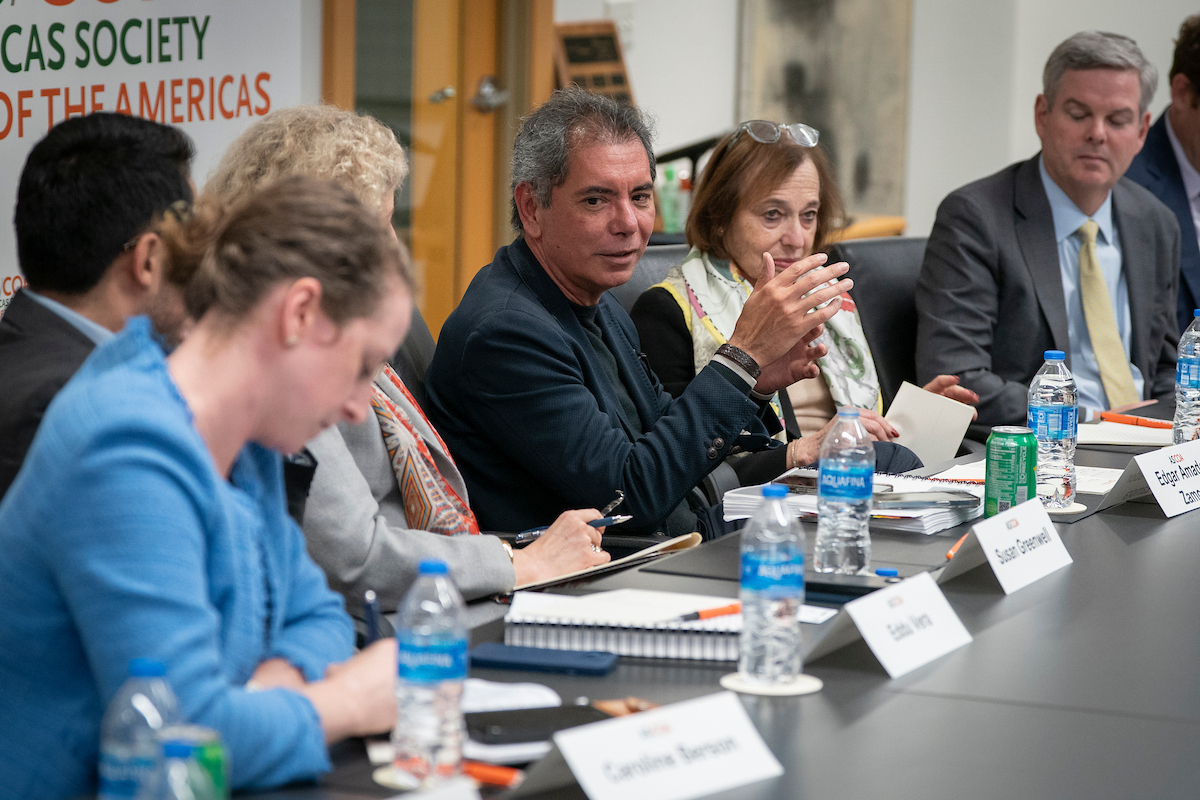Madame Officer
Madame Officer
Fulbright Scholar Sabrina Karim writes about Peru’s anti-corruption gambit in the Summer 2011 issue of Americas Quarterly.
Drive through just about any traffic circle in Lima, Peru, and you will likely see a female police officer directing traffic. Dressed in neatly pressed, dark green, buttoned uniforms and helmets, this newest segment of the National Police of Peru (PNP) is the friendly public face of the country’s policing for thousands of Peruvians—and not just because they are helping lost pedestrians and motorists and keeping order on Lima’s car-choked streets.
The women officers represent the front line in a government effort to revive confidence in law enforcement in a country known for rampant corruption. The fact that they are women is no coincidence: officials (and the general public) believe they are less corruptible than men.
Are they right?
The female force dates back to 1998, after studies commissioned by the World Bank and other international organizations during President Alberto Fujimori’s government (1990–2000) concluded that female police officers were more honest, disciplined, hardworking, and trustworthy than their male counterparts. Ranking PNP officers agreed. Commander Pedro Montoya, who was then training an all-female motorcycle brigade, said it was “undeniable” that women were more honest.
Access the full article at www.AmericasQuarterly.org.
Sabrina Karim was a 2010 U.S. Fulbright Scholar to Peru, affiliated with Grupo de Análisis para Desarrollo (GRADE). She specializes in issues related to gender and security and is starting her PhD in political science at Emory University in fall 2011.








